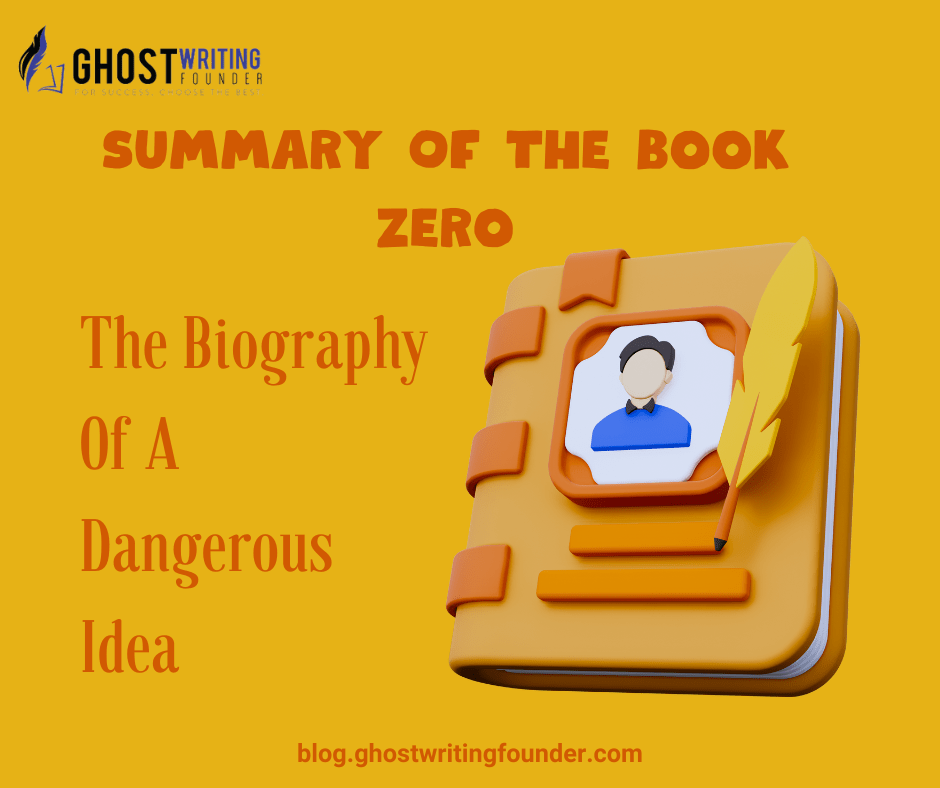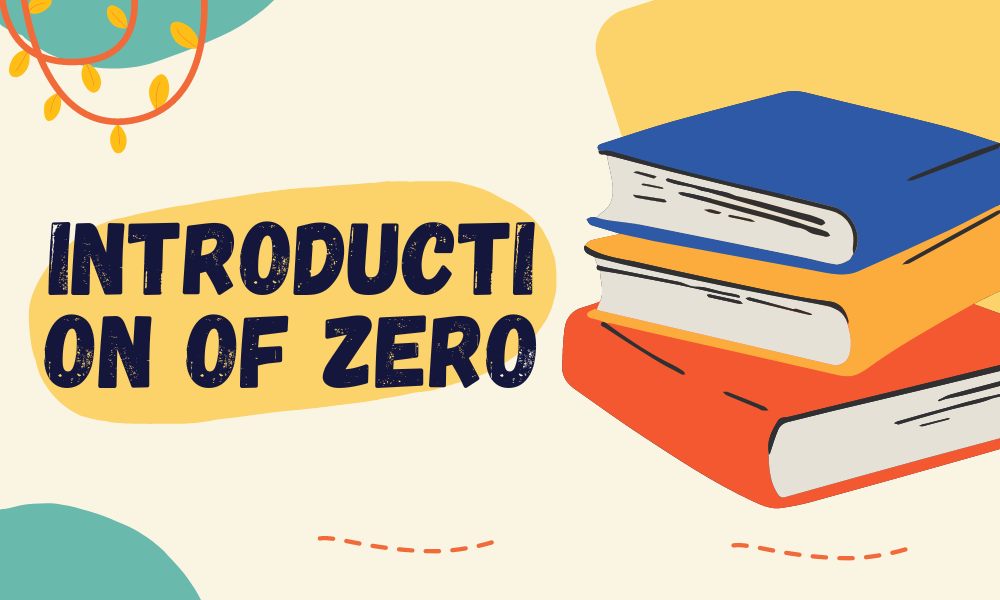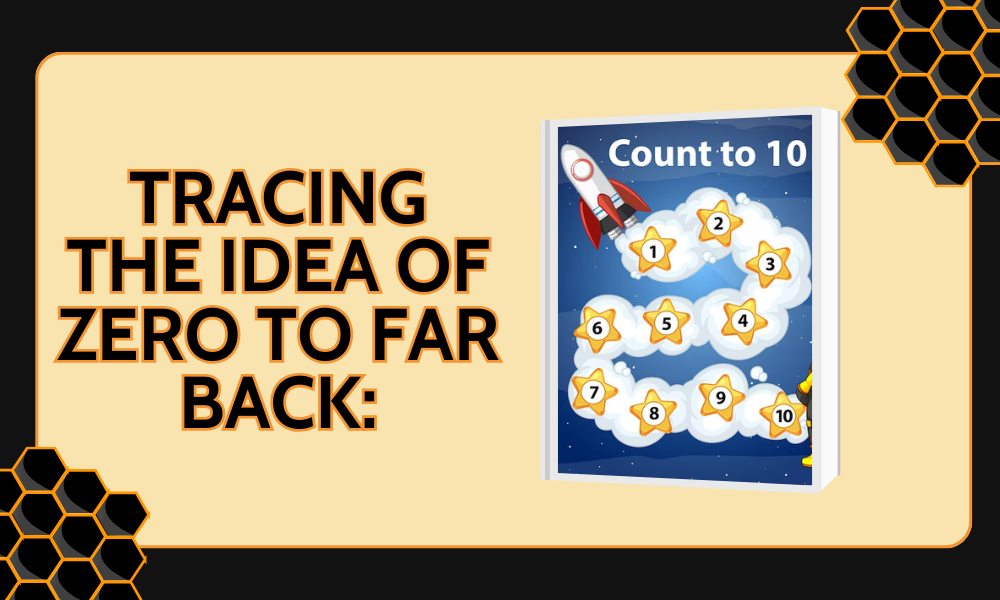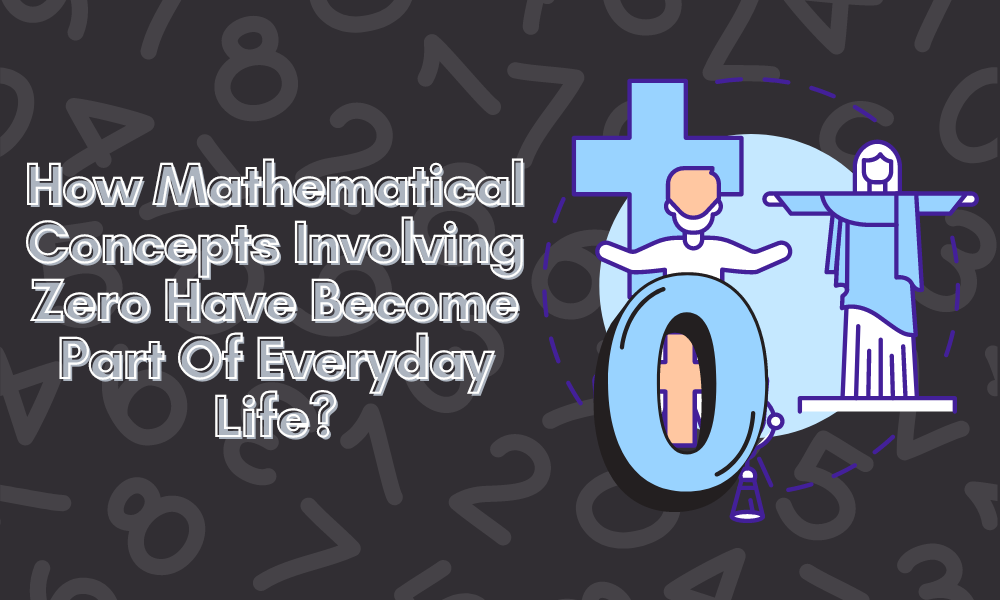
Book
In this article, we will be talking about the intriguing world of mathematics and focusing on a book that makes even the most complex ideas accessible: “Zero: The Biography of a Dangerous Idea.”
Zero: The Biography of a Dangerous Idea by Joseph Hoffman is a compelling read on the history of zero and how it permeates our lives. For more insights into the world of numbers, explore The Best Selling Non-Fiction Books of All Time. This book takes you on a journey through history, showing how the concept of zero evolved and became a fundamental part of our lives.
You might have never wondered about the number Zero, but it has a pretty interesting history. If you are not someone who loves reading books, then worry not. The Ghostwriting Founder brings you this summary to understand where zero came from.
Introduction of Zero:

In the introduction, author Charles Seife sets the stage for his book. He explains that zero is a number with no value and has no symbol. Yet, it is critical to our understanding of mathematics, science, and engineering.
It’s also important in everyday life–for instance when we buy something at a store or check out at a grocery store cash register. We use zero all the time without realizing it!
Zero has existed since ancient times but wasn’t widely accepted until Hindu mathematicians started using it around 500 AD.
Zero was first used in India and China, then spread to Europe by the Middle Ages. Discover more about the journey of mathematical concepts in Best Non-Fiction Adventure Books. It’s one of the most important numbers in mathematics because it makes it possible to add and subtract. Without zero, we wouldn’t have algebra or calculus.
Tracing the idea of zero to far back:

The book begins by tracing the idea of zero, as far back as we can go, to ancient Egypt and India. For a deeper dive into historical narratives, check out What is Biography?. Zero was first used in these cultures as a placeholder for a number that had yet to be counted. It’s not clear when exactly this occurred–some historians believe it was around 2000 BC, while others put it closer to 1000 BC.
Either way, it wasn’t until much later that people began thinking about what zero meant mathematically, namely, that it represented an absence of any quantity whatsoever (i.e., nothing).
This concept is extremely important because it allows us to define other things based on their relationship with nothingness. For example, if something has only one thing in common with another thing, then they must be opposites. Likewise, if two objects share everything except one quality, they must be mirror images or reflections of each other.
Zero’s spread through Europe and Asia:
He then explores how zero spread through Europe and Asia, focusing on how it was incorporated into the Arabic number system.
He explains that zero was first used in ancient India and later introduced to the Arabic world by Indian mathematicians. The Arabic number system is still used today, so you’ve probably encountered a few zeroes before! He also explains how Zero went from Spain to Europe via Italy and France before finally catching on with mathematicians in England. Learn more about the spread of ideas in Exploring the Depths of Literary Fiction.
Zero used in ancient Greece:
Seife also examines how zero was used in Hindu-Arabic numerals and the Mayan calendar in ancient Greece.
He says that it’s important to remember that there is no one true story about zero. There are many ways that people can tell the story of this idea’s journey through time and space.
The book also examines how Zero has helped shape our lives today. For example, he says we wouldn’t have computers without them because they are so important in computer science. He also talks about how zero is used in music and art to create patterns that help people understand more about the world around them.
The book also has a lot of fun facts about zero. For example, it was used as a number in ancient cultures hundreds of years before we started using it today. It was also used as a symbol to represent nothingness when talking about philosophy and science.
How mathematical concepts involving zero have become part of everyday life?

Seife then details how mathematical concepts involving zero have become part of everyday life for people worldwide.
Zero is used in computers, cell phones, GPS systems, finance, science, and engineering. To understand its impact on technology, explore How to Publish a Book on Amazon, which delves into the digital revolution. It’s also an important concept in architecture and art.
The article then explains how zero as a number was first discovered in ancient India and how it influenced other cultures, including those of the Mayans, Babylonians and Egyptians. The author also discusses how European mathematicians slowly accepted zero as a number.
The true value of Zero:
Zero is a number, but it’s also a placeholder, the absence of something and even a symbol. It has many uses in everyday life–from math to cooking and beyond!
Zero is an ancient idea that dates back to at least the third millennium BCE in Babylonian mathematics and astronomy. For more on ancient texts and their influence, read Classic Books to Read at Least Once in Your Lifetime. You can find evidence of zeros in ancient Chinese texts and Egyptian hieroglyphics from 2000-1600 BCE (before Jesus!).
Later on, Other civilizations started to adopt this, Greece and India, before it was known to Europe by Muslim scholars during their time spent studying at universities in Spain between 800 – 1400 CE (Common Era).
Key Characteristics and Profound Details
| Section | Key Points | Details |
|---|---|---|
| Introduction of Zero | Origin and Importance | Zero is a critical number in mathematics, science, and everyday life, first used by Hindu mathematicians around 500 AD. |
| Tracing the Idea of Zero | Historical Origins | Explores zero’s origins in ancient Egypt and India, highlighting its role as a placeholder and its mathematical significance. |
| Zero’s Spread Through Europe and Asia | Cultural Transmission | Details how zero was incorporated into the Arabic number system and its journey from India to Europe. |
| Zero Used in Ancient Greece | Cultural Influence | Discusses zero’s use in Hindu-Arabic numerals, the Mayan calendar, and its various interpretations in history. |
| Mathematical Concepts Involving Zero | Modern Applications | Explains zero’s role in technology, science, and everyday life, including its discovery and influence across cultures. |
| The True Value of Zero | Symbolism and Utility | Describes zero as a number, placeholder, and symbol, tracing its history from ancient Babylon to modern times. |
| Conclusion | Impact of Zero | Summarizes the book’s exploration of zero, emphasizing its historical significance and impact on modern life. |
Conclusion
Ultimately, Seife’s book is a fascinating exploration of zero and its historical role. The author does an excellent job of weaving together stories from around the world and across periods. He shows how this simple concept has had such a profound impact on our lives today.
And there you have it, our journey through the biography of zero, the dangerous idea that changed the world. From its humble beginnings in ancient India to its central role in modern science and technology, Zero’s story is one of perseverance, transformation, and endless curiosity.
So, whether you’re a young explorer just beginning your mathematical journey or an adventurer of any age seeking to understand the history and significance of zero, this book offers the most profound concepts in human thought. Get ready to embrace the magic of mathematics and the fascinating story of zero!









Leave a Reply